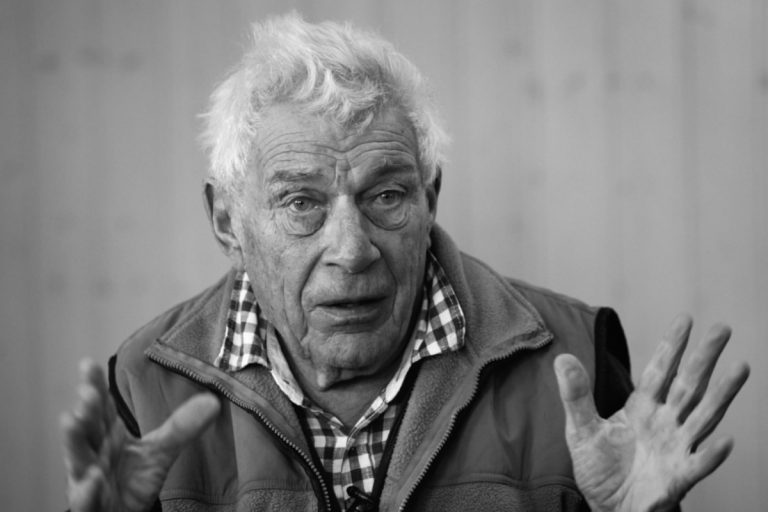

He talks about the male gaze and power entitlement within representations, where women are often objectified and labelled. Specifically the female form in paintings and sculptures among others. In his third essay, Berger focuses on women’s place in art. Consequently how a woman appears to a man can determine how she will be treated.” Book Design ©Richard Hollis John Berger ©The New Yorker Berger wants to demystify art and transmit an understanding that dismisses elitism and start a process of questioning. Berger believes that we establish our place in the world by seeing and by being seen, and how we see things is often mediated by society’s assumed concepts such as beauty, form, taste, truth and the value of art that tends to hide the original meaning and build up a false mystification around it. He explains the difference between optics and perspectives and how our personal biases and surroundings affect the way we scrutinise a piece of art. His first essay focuses on seeing and knowing, the lapse between vision and knowledge. Inspired by Walter Benjamin’s The Work of Art in the Age of Mechanical Production, Berger examines manipulated human perception and explores the idea of art as a commodity. John Berger is a British painter, novelist, poet and art critic who bases his point of view on his experiences explains what it means to see. “We never look at just one thing we are always looking at the relation between things and ourselves.” Ways Of Seeing ©Village Books Book Design ©Richard Hollis A masterpiece that draws parallels between art, advertising, desire and capitalism. This book recreates the feeling of the television, almost reading like Berger’s declarative script pulling one inside the text with its characteristically pithy sentences. The design of the book done by Richard Hollis, who matches the weight of the images by setting the text in bold, Univers 75 black in an awkward layout. Famous for its visual art criticism, John Berger’s Ways Of Seeing raises questions about how we see images and what influences us when we see them – drawing our attention to the relationship between vision, images, words and meaning. Four of these essays are worded and three are pictorial. He published his first novel, A Painter of our Time, in 1958.John Berger’s Ways Of Seeing, originally a BBC television series, was further elaborated in the format of a book that consists of seven essays. He began his career as a painter before turning to writing, becoming an art critic for the New Statesman.

Nations ceased to be what they were before.”īerger was a lifelong Marxist, a vehement critic of capitalism. “It seems to me that we have to return, to recapitulate what globalisation meant, because it meant that capitalism, the world financial organisations, became speculative and ceased to be first and foremost productive, and politicians lost nearly all their power to take political decisions – I mean politicians in the traditional sense. It was from there he gave one of his final interviews with the Observer’s Kate Kellaway, giving his view, among other things, on the bigger picture around the Brexit vote. More recently he lived in Antony, a suburb of Paris.
#John berger ways of seeing 1972 archive#
He was an energy source in a depleted world.- JEANETTE WINTERSON January 2, 2017īerger lived for many years in a remote farmhouse in the French Alps, to where the British Library’s Jamie Andrews had to travel when the institution acquired Berger’s literary archive in 2009.


 0 kommentar(er)
0 kommentar(er)
